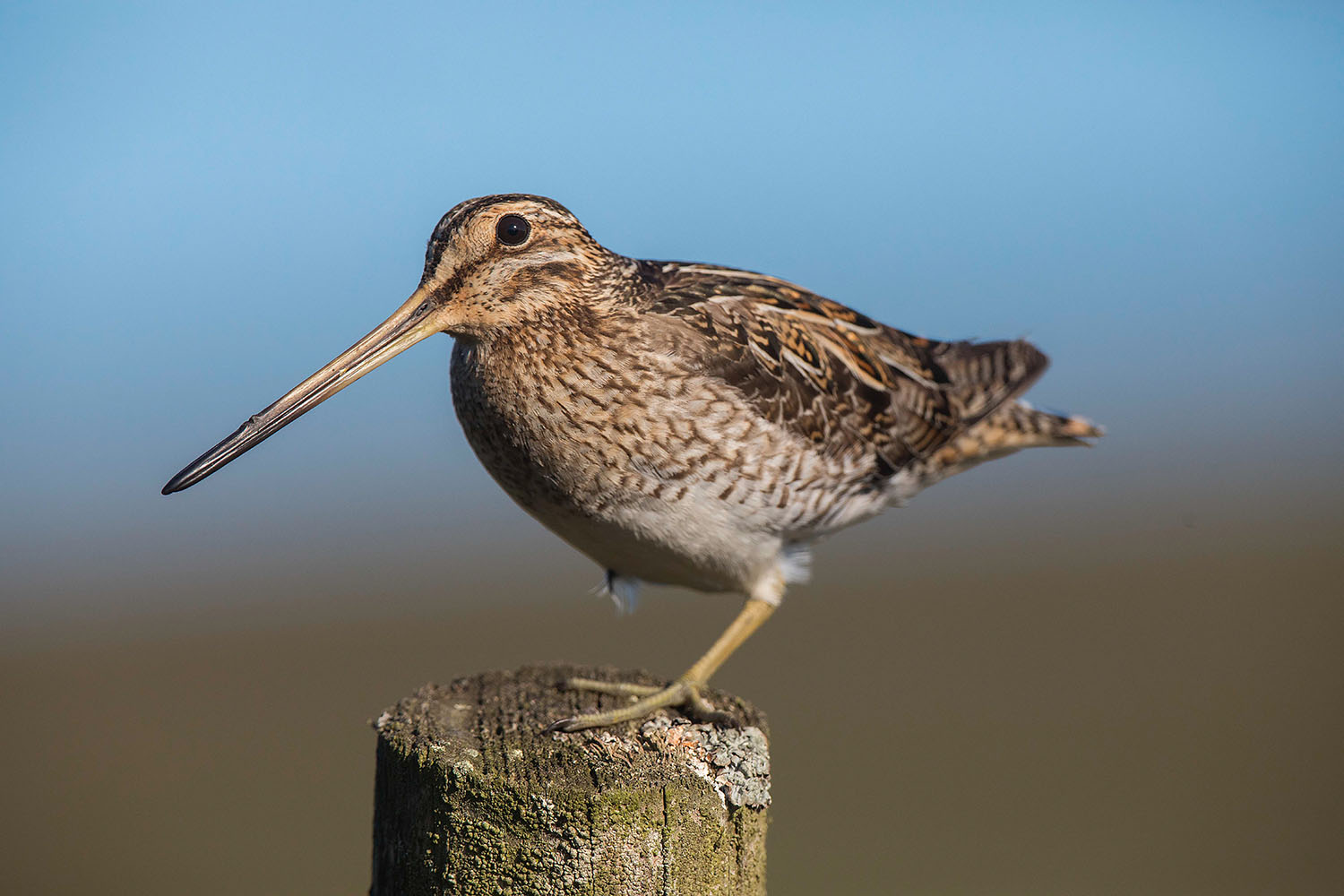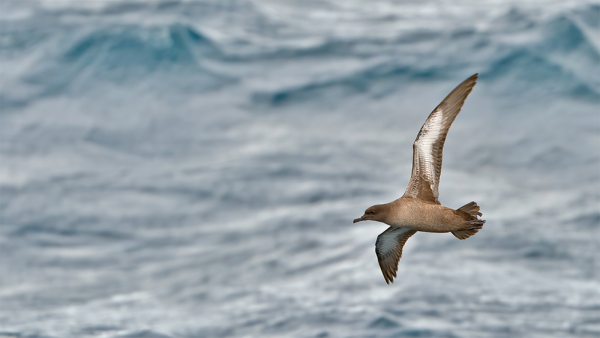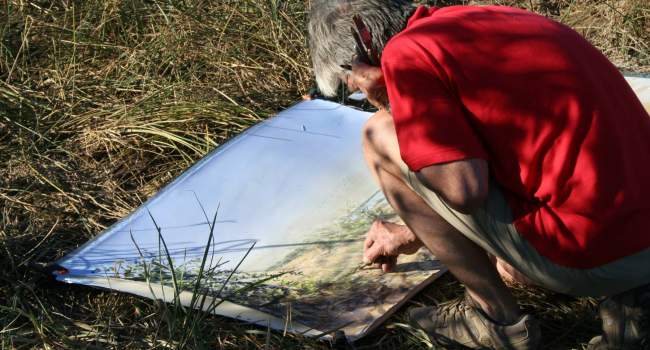
BirdTrack migration blog (15–21 September)
Nina is a Senior Research Ecologist and part of the Wetland and Marine Research Team, based within BTO Scotland. Her role involves reporting, analysis and fieldwork with a focus on marine birds.
Relates to projects
Now we are moving into mid September, BirdTrack reporting rates have increased for many passage migrants and winter visitors. This is especially true for several duck and wader species, which come to estuaries and wetlands across Britain and Ireland to feed up in large numbers.

Arrivals of Snipe, Dunlin and Curlew Sandpiper have noticeably increased recently, with the peak passage of Curlew Sandpipers likely to occur over the next week. Wigeon, Teal, Pintail and Shoveler also saw an increase in reporting rates which will continue over the next month, with birds moving south from their widely dispersed breeding grounds, from Iceland and Fennoscandia to Russia. Skeins of Pink-footed Geese continued to arrive adding to the autumnal feel despite the unseasonably high temperatures across much of the country last weekend. Seabirds also continue to feature, with reports of Leach’s Petrels beginning to increase.
As with last week, Meadow Pipits continue to be well recorded with clear skies in many areas over the weekend providing good visible migration opportunities. Reports of Chiffchaffs are also starting to increase, as mid to late September is the peak time for autumn passage of birds moving south from Fennoscandia. Keep an ear out for their “hweet” call.
Rarity highlights from the past week include a stunning American Yellow Warbler on Foula, Shetland – as bright as its name suggests – whilst a Sharp-tailed Sandpiper (an eastern Siberian breeder) was found at Montrose Basin in Angus. The Red-footed Booby remains off Scilly, and a Brown Booby has also been frequenting several buoys off Cleveland.

Looking ahead
High pressure is set to build over the weekend with some dry, sunny spells and relatively light winds before heavy rain and thunderstorms are expected on Sunday, moving up from the south. Into next week, a period of low pressure will bring heavy rain and strong westerly winds – not the most favourable conditions for migration.
However, more waders are expected with arrivals of Dunlin set to continue along with Bar-tailed Godwits, Knot and Little Stints. The peak autumn passage of these latter three species typically occurs in mid September. A high proportion of birds found will be juveniles, which generally migrate later than adults. Juvenile waders tend to stop to feed up more regularly than adults, as older birds can make longer, non-stop, migratory journeys.
Internationally important numbers of Knot and Bar-tailed Godwits will stay and winter in estuaries around Britain and Ireland. However, Little Stints are largely passage migrants. These miniature waders only stop here briefly during their long southbound migrations between their breeding areas in Siberia and wintering grounds in Africa, with some individuals migrating over 12,000 km! Given that most will be juveniles, the number of autumn passage Little Stints not only depends on the weather but also on the year’s breeding success. This weekend marks the start of the winter priority period for the Wetland Bird Survey (WeBS), with Sunday being the core count date, so do keep an eye out for these waders while you take part.
Seawatching should continue to be fruitful, with this week typically being the peak passage time for Sooty Shearwaters. These elegant seabirds are all dark with silvery flashes on the underside of their long stiff wings. They have a powerful flight, and in high winds glide characteristically in high arcs over the waves. Mid September is also a good time for passage Arctic and Long-tailed Skuas – equally elegant seabirds that are a joy to watch.








Share this page